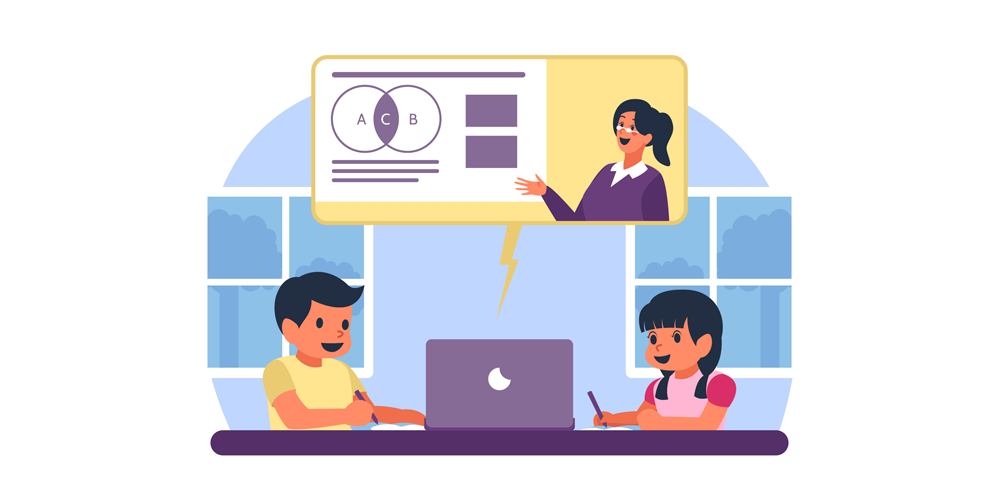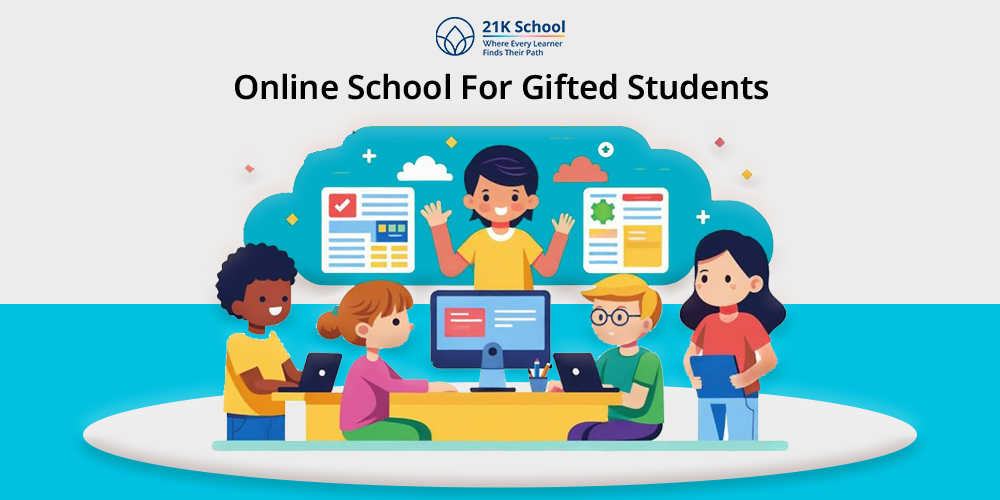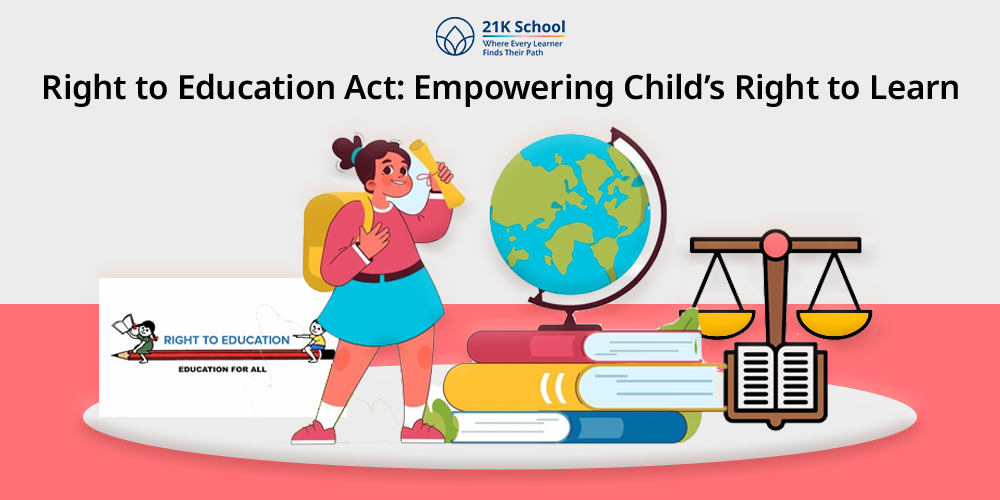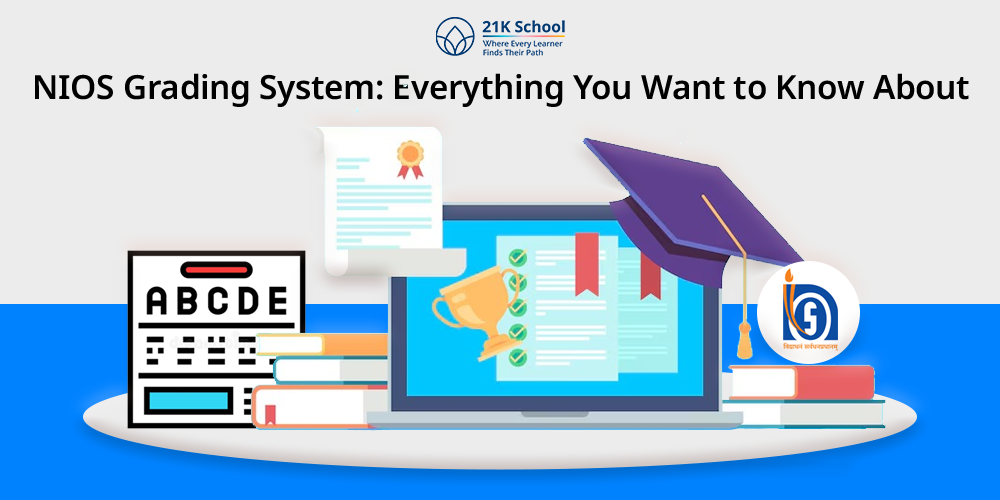
To some extent, the education that you see today especially if you’re in a university, college, or high school is very different from what was experienced 30 years ago.
Now that is history, learning could only be gotten within the four walls of Bricks and Mortars classes. We live in a world that is full of education and a world where education is just a click away.
Welcome to the era of eLearning.
The term eLearning, eLearning refers to learning that is carried out via gadgets like Smartphones, Laptops, Tab, or any device, in fact, that is connected to the internet.
E-learning is defined differently from the conventional methods as it makes the students to be part of an organised learning process irrespective of their location.
Technology has assumed a critical role in K12 education through its innovative and engaging approach to blended learning.
Visit Advantages of E-learning for Kids to learn more about the era of e-learning.
Different innovations such as; Artificial intelligence, Machine learning, Robotics, Internet of Things among others have impacted the world in many ways, especially in communication, jobs, and even education.
It enables the students to get lots of knowledge without even leaving the comfort of their homes.
Explaining and introducing multimedia materials such as interactive videos, virtual labs, and gamified lessons foster curiosity and a love for learning.
Now let us consider the concept of eLearning in K-12 education and the advantages of incorporating it.
Contents
- 1. Easily Accessible
- 2. Interactive Learning Materials
- 3. Personalised Learning
- 4. Improved Teacher-Student Interaction
- 5. Flexible Learning
- 6. Parental Involvement
- 7. Cost Effective Alternative
- 8. Hobbies And Personal Development
- 9. More Family Time
- 10. Lifelong Learning Skills
- 11. Preparing for the Future
- 12. Global Exposure
- Final Words
1. Easily Accessible
E-learning means education and not necessarily a class can be taught and received in any part of the country.
Depending on instructors and classes, the use of the resources, or submitting assignments via the Internet eliminates geographical impediments.
This makes equity better because all learners can get a good education despite their learning ability or physical health to be as bendy as students from far areas or those with bad health.
2. Interactive Learning Materials
In every e-learning platform, there are a lot of videos, animations, quizzes, and games that make learning easier and fun to accomplish.
These resources cater to different learning styles aiming at assisting students master what may have been difficult to understand.
Another advantage is that maybe before the deadline, students practice or refresh something they studied before, so it strengthens their knowledge.
3. Personalised Learning
Personalised learning also ranks as one of the greatest advantages of e-learning. Technological systems in e-learning allow to adjust learning to the individual’s pace and trends.
This particular approach enables simplification of further handling of the students as well as offering close attention towards overcoming strengths and areas that require more emphasis in order to enable them to progress through the course with better understanding and comprehension.
To know more about the reason of widely acceptance of personalised learning, visit Why Schools Are Stressing on Personalised Learning and More
4. Improved Teacher-Student Interaction
E-learning enables teachers and students to communicate using different media platforms.
They can organize daily communication and support through emails, chat rooms, video calls, and interaction through forums.
It also makes it easier for teachers to be able to give feedback to their students, clear doubts, and also be able to guide the group/ class making it more friendly learning.
5. Flexible Learning
Flexibility is another advantage of learning online where students can learn at their own pace, and still, be able to accomplish their goals.
This is very helpful to students with extracurricular activities, or those students who need more time to master what is taught in class.
It also helps the students to go to different lessons and review them to ensure they understand all the content passed in the class.
6. Parental Involvement
The contemporary courses offered in e-learning for parents include options like tracking your child’s progress, his/her assignments, and his/her performance.
They assist the parents to be supportive and to also interfere with the learning process of their child.
The parents’ involvement becomes very crucial in the process of monitoring the students and what is expected of them in terms of learning at home.
7. Cost Effective Alternative
There is however one aspect that is relatively cheaper as far as schooling is concerned and this is e-learning.
Transporting costs, the cost of uniforms, cost of having books in physical form are expenses that we manage to save in the long run.
But, admittedly, today there are many online training services and products for which the price is low or absolutely free, so more and more students can be within the reach of high-quality knowledge.
This aspect of the cost of e-learning makes more families turn to it.
8. Hobbies And Personal Development
E-learning is more convenient for students since it does not have a strict timetable so students can practice their hobbies such as playing sports, listening to music, and performing other activities that they may have.
It still helps students in a balanced way of development, or at least provides opportunities to discover their interests, learn something new, and create things.
This is because e-learning enhances personal development within the educational framework.
9. More Family Time
There are more family activities are possible as students can learn from the comfort of his/her home and do not have to attend classes at fixed times.
This boosts family unity and creates more time for parents to spend with the child hence they can be more influential in the child’s learning process.
It also enables families to spend some quality time together and therefore helps in fostering a healthy and natural home.
10. Lifelong Learning Skills
Computer skills are important for lifelong learning in students and e-learning helps students build these skills. It is responsible for developing such valuable character traits as self-discipline, punctuality, and the ability to study on one’s own.
By getting acquainted with the information presented through the Internet and other electronic sources, students also acquire technical skills and can learn IT stuff.
Such skills enable the students to continuously learn and remain relevant in society all their lives.
11. Preparing for the Future
E-learning prepares students for the future by familiarizing them with technology and the use of the Internet to communicate.
As a result of technological advancement, these skills are applicable for the acquisition of higher education in institutionalized learning as well as employment in the job market.
Also, in order to make students more engaged in education, there will be some positive 10 changes in K-12 education.
In doing so, it helps to develop such valuable skills as critical thinking, problem-solving, and teamwork which will be useful in the future.
12. Global Exposure
E-learning provides student’s opportunity to interact with other students, tutors, and other/other resources as well as from other parts of the world.
This exposure helps to subdue certain opinions, international culture, and the full world. When students are put together with different ideas and experiences, it prepares them for the global and multicultural society.
Final Words
That’s why eLearning is not just an additional tool to the classical approach to education but rather a revolutionary one that brings a new win-win experience to the students.
Technological enhancement is today considered essential to improving teaching and learning processes and as society evolves all the more towards the embrace of new technology, the importance of online learning in K12 education is set to grow.
This is why by embracing and incorporating eLearning in teaching we are in a position to prepare our children for the forthcoming future by availing the pertinent tools and instruments.



